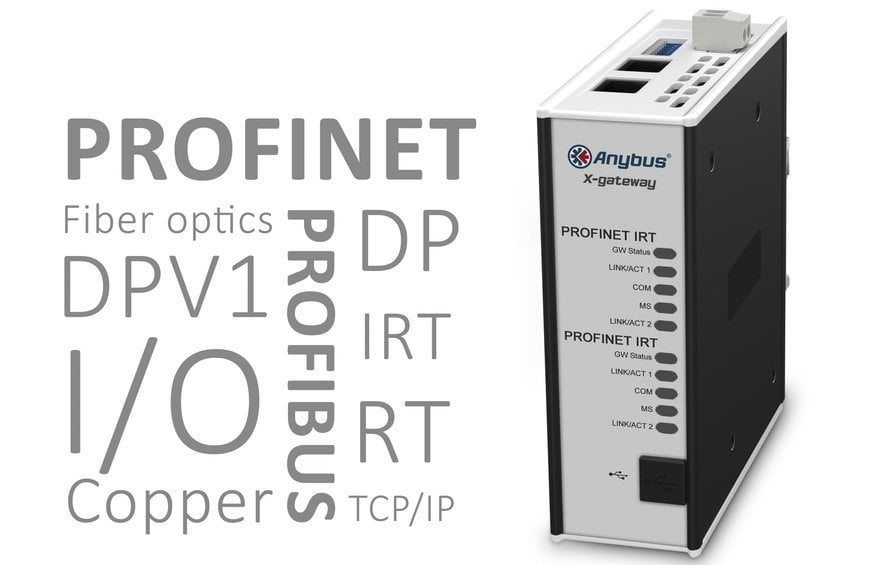www.industry-asia-pacific.com
14
'19
Written on Modified on
New ways to interconnect the PROFI-world
Automation engineers frequently need to bridge the gap between different protocols and networks used in a plant, but they also need to enable communication between equipment within the same network family. For example, in the PROFINET and PROFIBUS-world, there are many devices and sub-systems that cannot necessarily communicate with each other. It may be necessary to connect different physical formats such as copper and fiber optics or couple/de-couple I/O data between two controlling networks. With their recently upgraded Anybus X-gateways, HMS Industrial Networks can offer ways to get heterogeneous PROFI-equipment connected.

“According to our latest market research, PROFINET and PROFIBUS are two of the most dominant networks on the global market today,” says Markus Bladh, Product Manager for gateways at HMS Industrial Networks. “So naturally, we get a lot of requests for connectivity to the PROFI-world, but we also get requests for connectivity within these networks. Although our Anybus gateways are mostly known for interconnecting all types of networks, it is really interesting to see the attention Anybus X-gateways get as a cost-efficient way to connect different physical formats and standards within the PROFI-world. This enables system integrators and factory owners to connect otherwise incompatible devices and systems.”
Here are a few examples of how Anybus gateways can solve connectivity issues within PROFINET and PROFIBUS.
1. Coupling a PROFINET IRT machine with a controlling PLC
Many factories need to couple or de-couple I/O data between two controlling PROFINET IRT networks – for example between two segments in a factory. The Anybus X-gateway can act as a PROFINET/PROFINET coupler enabling fast transfer of I/O data. The PROFINET interface works as an I/O-Device on the PROFINET I/O or IRT network.
2. Coupling PROFIBUS networks
Coupling or de-coupling of I/O data between two controlling PROFIBUS networks are other common tasks for the Anybus X-gateway. This functionality is often called DP/DP coupling. The two PROFIBUS networks become galvanically and logically isolated from each other.
3. Coupling PROFINET I/O networks
It is also possible to couple or de-couple I/O data between two controlling PROFINET I/O networks. A well-known name for this functionality is PN/PN coupling.
4. Connecting a fiber optic network to a copper network
PROFINET FO is especially popular in the German automotive industry. However, many machines and systems do not come with fiber optic connectivity. Anybus X-gateway can act as a coupler between the two network versions, enabling them to communicate.
5. Migration from PROFIBUS to PROFINET
Many factories have well-functioning PROFIBUS networks, either as their main factory network or as subsystems within the factory. However, there is often a need to install devices or systems which run PROFINET. With an Anybus X-gateway, this switch is easily done. The X-gateway acts as translator between the two networks and can be installed within minutes – a very fast way to migrate from fieldbus to industrial Ethernet. End users will be able to reuse and connect well-working existing equipment to new high-performing automation systems.
“We see both fieldbuses and industrial Ethernet networks increasing at the moment,” says Markus Bladh. “Trends such as the Industrial Internet of Things and Industry 4.0 require more and more industrial machines to become networked and this also requires more connectivity within the different network worlds. With the Anybus X-gateway product range, HMS offers an easy and cost-effective way to get connectivity between different devices and networks within the PROFI-world.”

Markus Bladh, Product Manager, Gateways

